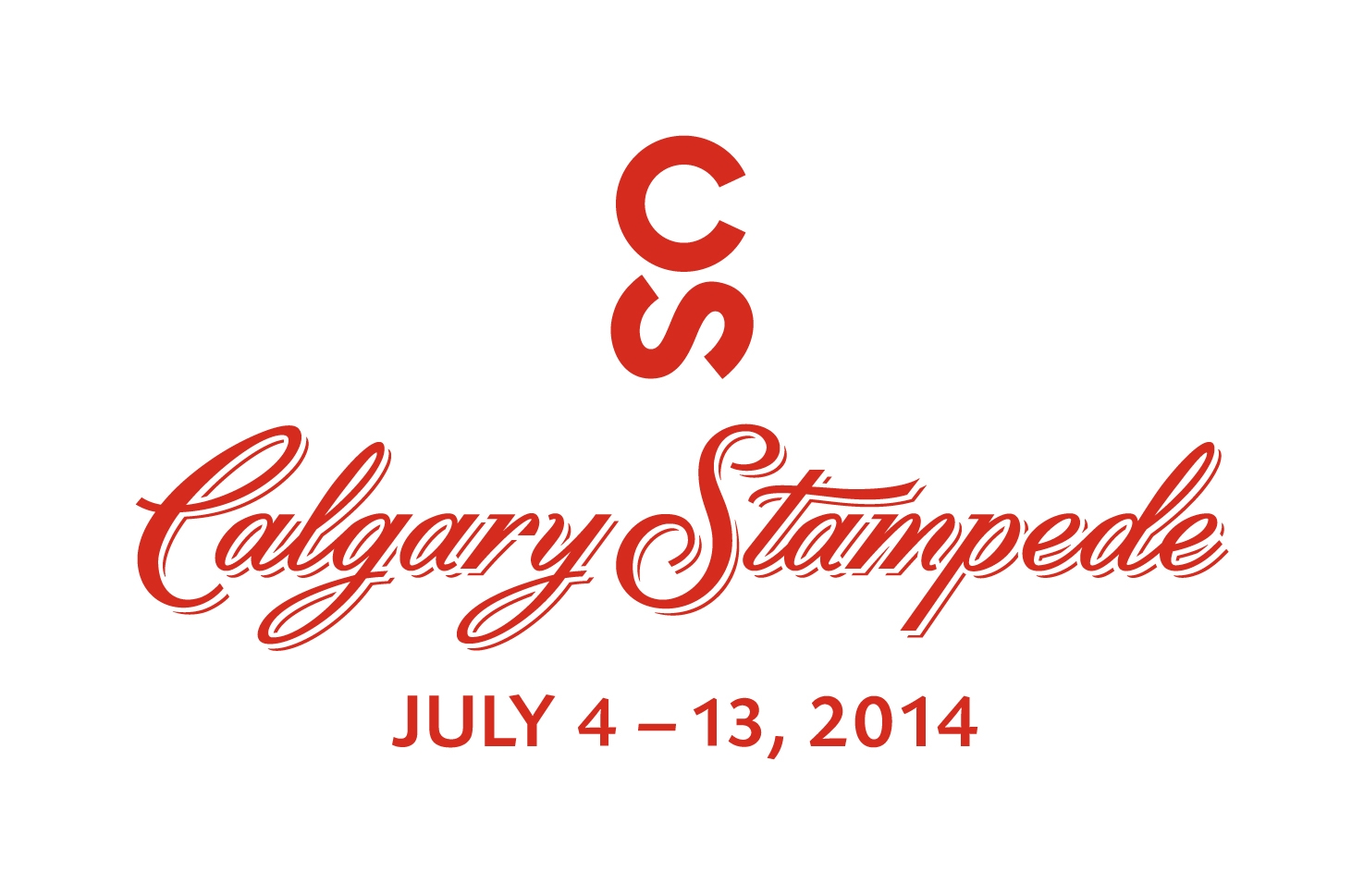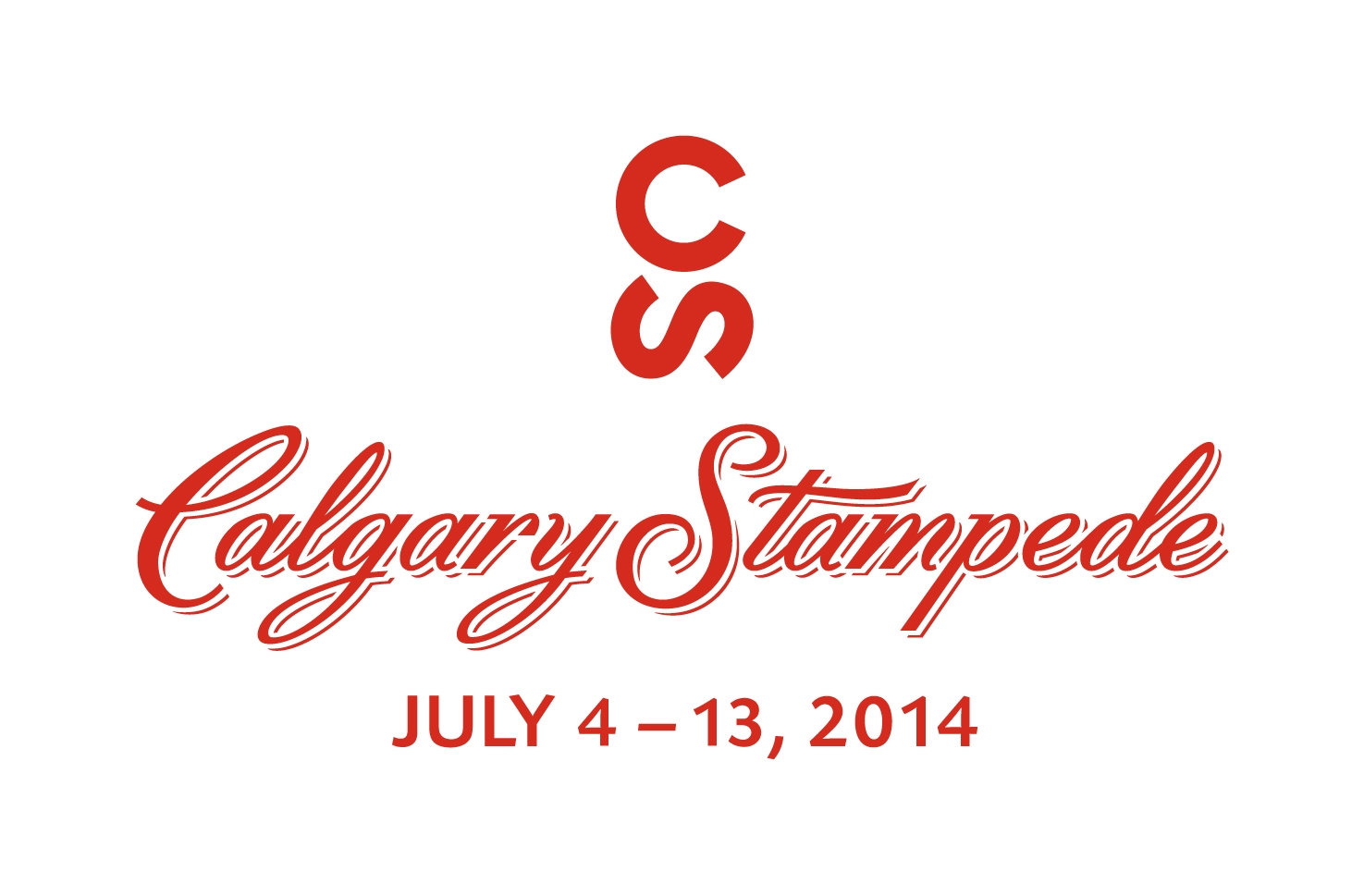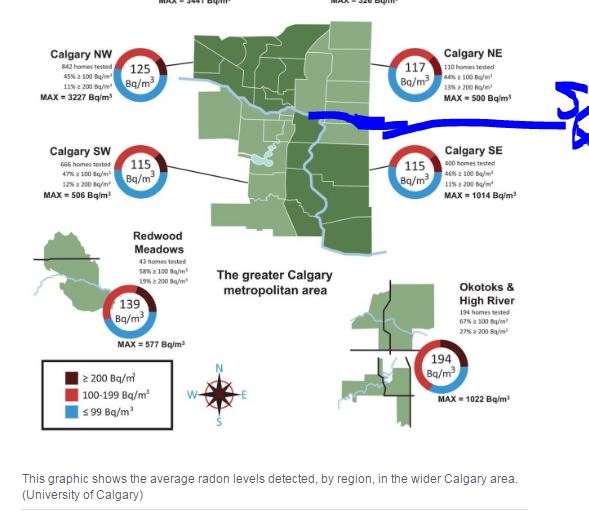Bank of Canada makes another emergency cut to interest rate
Bank has made an emergency rate cut twice in 2 weeks in response to damage of COVID-19 pandemic

The Bank of Canada has made a second unscheduled cut to its benchmark interest rate, lowering it to 0.25 per centamid the COVID-19 crisis.
The central bank made the announcement in a news release on Friday morning.
The overnight lending rateis what the bankcharges for short-term loans between retail banks, but itimpacts the rates that Canadian consumers get from their banks on things like savings accounts and variable rate loans.
Normally, the bank meets every six weeks to set its rateand rarely makes adjustments to the rate outside of that time frame. But the COVID-19 crisis has thrown that timeline out the window, and the bank has now made two unscheduled cuts to its benchmark rate half a percentage point two weeks ago, in addition to thehalf-point today.
"The pandemic-driven contraction has prompted decisive fiscal policy action in Canada to support individuals and businesses and to minimize any permanent damage to the structure of the economy," the bank said.
Prior to Friday's cut, Canada had the highest central bank rate in the developed world at 0.75 per cent.
The bank is cutting its rate in order to make lending cheaper, to encourage people to spend, borrow and invest to help the economy.
"The intent of our decision today is to support the financial system in its central role of providing credit in the economy, and to lay the foundation for the economy's return to normalcy," the bank said.
Bank to buy up debt, too
The rate change isn't the only tool the central bank is using to help out the economy.
The bank also announced the creation of two new programs that it hopes will help ensure the money system is set, so any worthy consumer or business that needs cash can get access to it.
The first program is called theCommercial Paper Purchase Program, and it will see the central bank essentially take on a type of debt known as "commercial paper" from companies, to meet their short-term financing needs.
The second program will be to buy up Canadian government debt in the form of bonds, to the tune of $5 billion a week.
This is very similar to a program the U.S. Federal Reserve has deployed multiple times already, known as "quantitativeeasing," or QE. Essentially, QEensures that there's as much money as possible flowing through the system a conceptbankers and economists refer to as "liquidity" while stopping short of actually issuing new currency.
"It's not creating money in the sense of your textbook," governor Stephen Poloz said at a newsconference following the bank's decision.
"You're creating liquidity because people need it to feel secureor confident that everything is going to be OK," he said.
Afirefighter has never been criticized for using too much water.- Bank of Canada governor Stephen Poloz
To illustrate why liquidity is so important, Polozcited the example of a hypothetical Canadian company that has a credit line at a bank. That company is likelycurrently drawingmoney out ofthat credit line as a precaution, to make sure they have enough cash to stay afloat in the current uncertainty.
"Now they think they've got all the cash they needto weather the storm, but in behind all that, the bank needs to fund that draw," Poloz said.
The bank can't just pull that money out of thin air, so they raise that cash in a different market by selling a their own debt, such as a bond,in exchange for cash from investors who have it to spare. The bankthen turns around and gives the cash tothe small business.
Watch:Poloz on federal government's COVID-19 benefits program
"It's the funding markets where the functioning is really important," Poloz said. "That's where most of our work has been into ensure in some way that those markets are working so they can be tapped."
Cutting interest rates is a direct way to help stimulate the economy. Butthe two debt-buying programs targetthe same goal in an indirect way: Bymakingsureany credit-worthy borrower has access to cash, and making sure banks have enough of it on hand to lend itto anyone that needs it.
Royce Mendes, an economist with CIBC, said the moves make it clear that "the Bank of Canada joined the string of central banks throwing the kitchen sink at the economy."
"While central bank stimulus can't bring the economy back to life on its own, the Bank of Canada's actions will help alleviate some of the pain and support the recovery, whenever that begins," Mendes said.
Polozsaidthe bank is willing to use any tools at its disposal to help stabilize a Canadian economy that has been waylaid by COVID-19.
"Afirefighter has never been criticized for using too much water," he said.














_(720p).jpg)


 OFFICIAL HD MUSIC VIDEO.jpg)
.jpg)



























































































